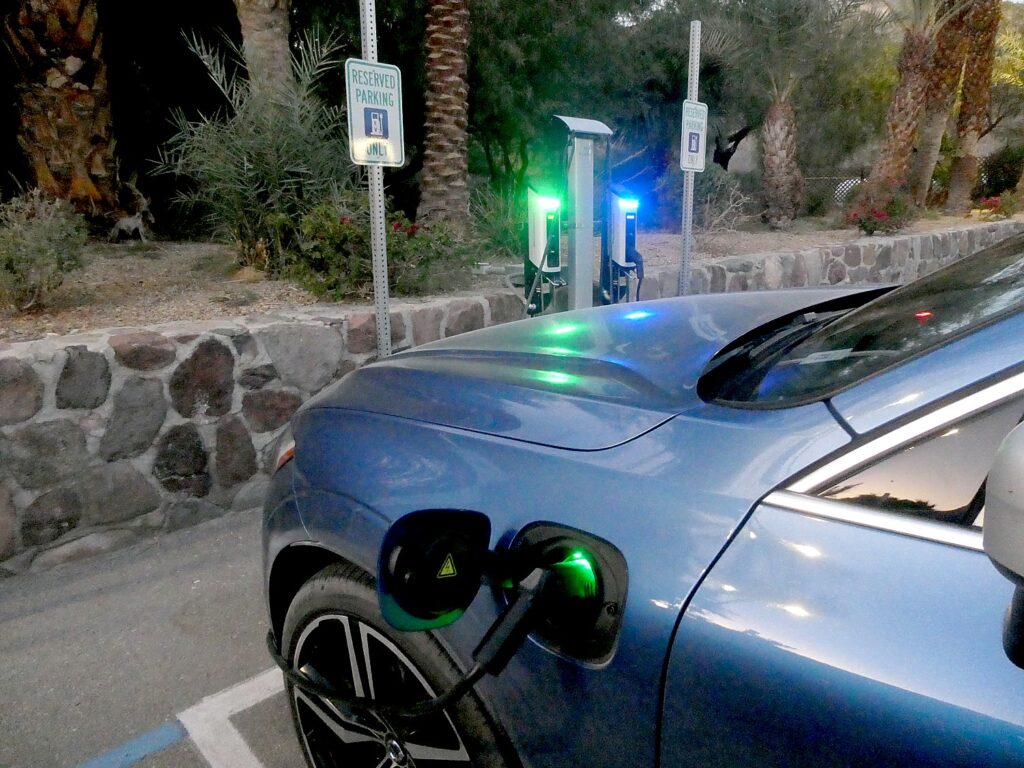
President Joe Biden will sign the Inflation Reduction Act today, a distillation of what Americans have been clamoring for, for the past 30 years. It includes the most significant investment in climate action, plus health care and tax reform while also amazingly reducing the deficit. Here’s what the Inflation Reduction Act will mean to you, by the numbers. This is from the White House:
The Inflation Reduction Act will lower costs for families, combat the climate crisis, reduce the deficit, and finally ask the largest corporations to pay their fair share. President Biden and Congressional Democrats have worked together to deliver a historic legislative achievement that defeats special interests, delivers for American families, and grows the economy from the bottom up and middle out.
Here’s how the Inflation Reduction Act impacts Americans by the numbers:
HEALTH CARE
Cutting Prescription Drug Costs
- Today, Americans pay two to three times what citizens of other countries pay for prescription drugs
- 5-7 million Medicare beneficiaries could see their prescription drug costs go down because of the provision allowing Medicare to negotiate prescription drug costs.
- 50 million Americans with Medicare Part D will have the peace of mind knowing their costs at the pharmacy are capped at $2,000 per year, directly benefiting about 1.4 million beneficiaries each year.
- 3.3 million Medicare beneficiaries with diabetes will benefit from a guarantee that their insulin costs are capped at $35 for a month’s supply.
Lowering Health Care Costs
- 13 million Americans will continue to save an average of $800 per year on health insurance premiums
- 3 million more Americans will have health insurance than without the law.
- The uninsured rate is at an all-time low of 8%, which the historic law will build on.
Defeating Special Interests
- $187 million: The amount the Pharmaceutical industry has spent on lobbying in 2022.
- 1,600: number of lobbyists the pharmaceutical companies had in 2021 – three times the number of Members of Congress
- 33 years: the amount of time Congressional Democrats have been trying to lower prescription drug costs by allowing Medicare to negotiate drug prices.
- 19 years: number of years Medicare has been blocked from negotiating prescription drug costs
CLEAN ENERGY
Lowering Energy Costs
- Families that take advantage of clean energy and electric vehicle tax credits will save more than $1,000 per year.
- $14,000 in direct consumer rebates for families to buy heat pumps or other energy efficient home appliances, saving families at least $350 per year.
- 7.5 million more families will be able install solar on their roofs with a 30% tax credit, saving families $9,000 over the life of the system or at least $300 per year.
- Up to $7,500 in tax credits for new electric vehicles and $4,000 for used electric vehicles, helping families save $950 per year.
- Putting America on track to meet President Biden’s climate goals, which will save every family an average of $500 per year on their energy costs.
Building a Clean Energy Economy
- Power homes, businesses, and communities with much more clean energy by 2030, including:
- 950 million solar panels
- 120,000 wind turbines
- 2,300 grid-scale battery plants
- Advance cost-saving clean energy projects at rural electric cooperatives serving 42 million people.
- Strengthen climate resilience and protect nearly 2 million acres of national forests.
- Creating millions of good-paying jobs making clean energy in America.
Reducing Harmful Pollution
- Reduce greenhouse gas emissions by about 1 gigaton in 2030, or a billion metric tons – 10 times more climate impact than any other single piece of legislation ever enacted.
- Deploy clean energy and reduce particle pollution from fossil fuels to avoid up to 3,900 premature deaths and up to 100,000 asthma attacks annually by 2030.
TAXES
Making the Tax Code Fairer
- $0: how much some of largest, profitable corporations pay in federal income tax.
- 55: the number of America’s largest, wealthiest corporations that got away without paying a cent in federal income taxes in 2020.
- $160 billon: how much the top 1 percent of earners is estimated to evade each year in taxes.
- 15%: the minimum tax on corporate profits the Inflation Reduction Act imposes on the largest, most profitable corporations.
- $124 billion: savings over 10 years the Inflation Reduction Act will generate from collecting taxes already owed by wealthy people and large corporations, according to the Congressional Budget Office.
- And no family making less than $400,000 will see their taxes go up a penny.
Reducing the Deficit
- The Inflation Act will achieve hundreds of billions in deficit reduction.
- The deficit is projected to fall by more than $1.5 trillion this year after falling by more than $350 billion last year.
- 126 leading economists – including 7 Nobel Laureates, 2 former Treasury Secretaries, 2 former Fed Vice Chairs and 2 former CEA Chairs – have said reducing the deficit will help fight inflation and support strong, stable economic growth.


















